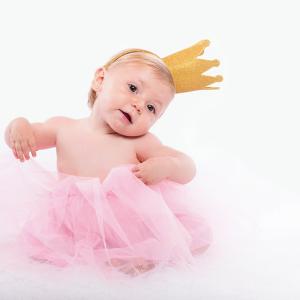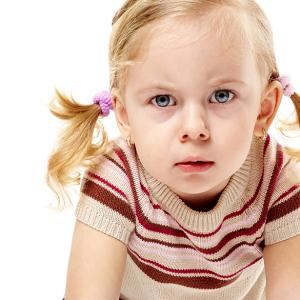The Three Marías
Te presentamos este cuento en inglés para que tus hijos aprendan jugando.
Sitting in the corridor of her house, Carmen Palacios watches her three daughters playing with dolls. The eldest, four years old, is María Luisa always quiet and very tidy. The second one is María Victoria, extrovert and always with a smile in her lips and finally there is María Magdalena, pensive and calculating who is the most intelligent of the three.
Those girls were the joy of the home as Luis Aristimuño, the father of the children, expressed with pride. When he returned from work, he used to stop in the door and ask loudly
“Where’s María…? And they ran towards him since he always brought them presents in his pockets.
Their friends from school called them “The Three Marías”, because they were always seen together.
These inseparable friends agreed one day to make a deal that they would fulfill one day when they were old and got married. They would call their daughters María to keep the tradition.
Years went by and María Luisa was the first to marry having a daughter whom she called María Esperanza. Time went by and María Victoria married and since the next year she had a daughter, she called her María Consuelo. Years keep on going by and eventually María Magdalena married. But there was a problem, her first son was male so she couldn’t call him María so she decided to wait. Next year she had another child, which was also a male and she cried desperately to the point of deciding to call her second child Jose María. When her old mother knew it she reproached her her attitude with the following words.
Console yourself, my daughter! You have the hope that one of your sons give you a daughter and you can call her María if they want. Poor María Magdalena lived until she was 90 and almost in the end of her life, one of her sons had a beautiful girl to whom they called María Magdalena to please the old mother and grandmother.

Artículos relacionados
Cuento para enseñar el valor de la paciencia a los niños
Un cuento infantil para enseñar la importancia de la paciencia. Acompaña a Leo el caracol en una entrañable historia llena de aprendizajes, con valores positivos,...
Las mejores obras de teatro navideñas para representar con niños
Descubre cinco obras de teatro navideñas para representar con niños en el colegio o en casa. Guiones adaptados, valores positivos y mucha ilusión navideña.
La pelea de las diosas: el mito griego que desató una guerra
Descubre el mito griego de la pelea de las diosas del Olimpo, adaptado para niños con diálogos, enseñanza final y actividades de comprensión lectora. Conoce a...
Obra de teatro infantil para representar en el colegio: El Árbol de la Navidad
Una entrañable obra de teatro navideña para niños, inspirada en un cuento clásico, ideal para representar en el colegio. Enseña valores como la generosidad, la...
Fábula de Esopo para niños: La rana gritona y el león
Fábula infantil de Esopo: La rana gritona y el león. Una historia corta para enseñar a los niños la importancia de la discreción y la humildad. Incluye versión...


















29 ago 2021 15:54 yasen
No me gusta este cuento porque me recuerda a una compañera mía muy tontoa que me insulta cada día, y se llama Maria Lucia.